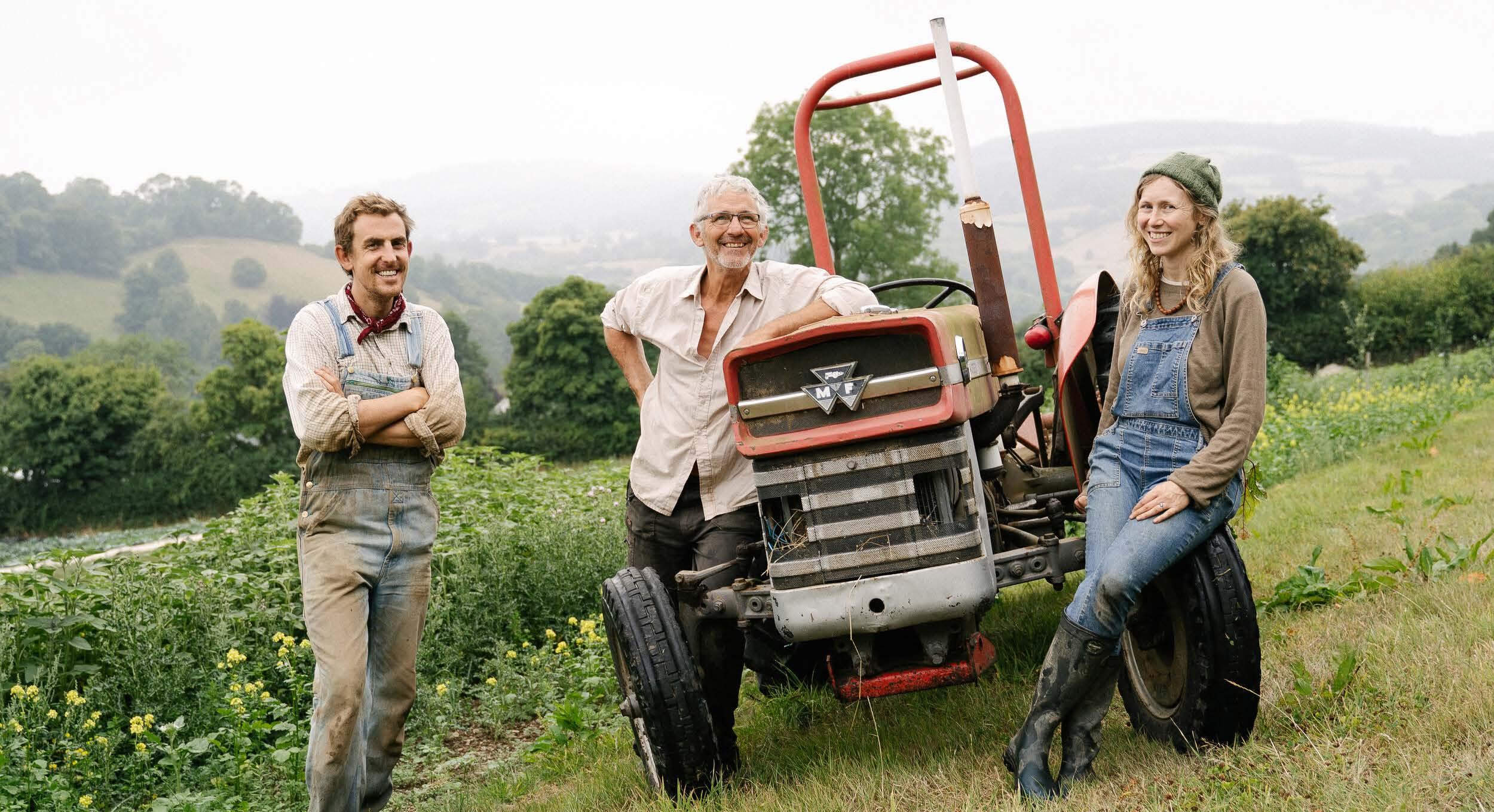
3 minute read
Highland Good Food Partnership
THE HIGHLAND GOOD FOOD COMMUNITY
WORDS MARTIN SHERRING
THE PROBLEM – AND OUR SOLUTION
It’s easy to see the things that are wrong with our food system at the moment – we have a biodiversity crisis, a climate crisis, a health crisis and a poverty crisis – and there are even signs that we may be on the brink of an empty-supermarket-shelves crisis. Food is an issue in all of these – the ways it’s grown, processed, marketed, sold and consumed. But there are individuals and groups who are doing things differently, and the Highland Good Food Partnership aims to show that, working together, we can make things better.
WORKING TOGETHER
We haven’t been going all that long – the initial blogs and podcasts were launched in August 2020 – but in that short time we’ve discovered that re-imagining the food system involves people from all walks of life. To give just one example, we know that, globally, growing food that goes to waste accounts for around 10% of greenhouse gas emissions. If we want to sort that out, we need schools to teach ways to cook with leftovers, but also to look at the waste from school meals – and get parents to monitor the waste from packed lunches. We need people to grow more of their own food, so they respect it, find imaginative ways to use it all, and value the compost they can produce with potato peelings and outer cabbage leaves. We need cafes and restaurants to design menus and portion sizes to minimise waste and share their own ideas about re-using leftovers. And if we can do all that, we’ll find that people are healthier from spending more time in the garden or allotment, and from eating less ultra-processed food. Kids will have a better understanding of how good food is produced, and more of them will be interested in a career in the food sector – so we’ll be able to source more of our food close to home, reducing the need for transport and the risk of empty shelves. Everything and everyone seem to be linked, so it’ll come as no surprise that our evolving partnership already includes farmers, crofters, climate activists, teachers, community growers, university professors, FE college trainers, doctors and nutritionists, local politicians, local authority buyers, and of course people who just care about what they eat and how it’s produced.
A BETTER WAY
So, what does “better” look like? Our vision is of Highland communities where: • locally-grown food is available in every town and village; • community groups and schools have their own growing spaces and support each other with shared ideas, tools and seeds; • the feeling of belonging to the community includes a passion for local food and specialities; • people know where and how their food is produced, and prefer to buy from the growers who work with nature rather than against it; • surpluses are shared around so that everyone has access to fresh food, and nothing goes to waste; • children are taught the value of fresh food, and how to avoid wasting it; • as people get closer to the source of their food, their diets become healthier – both for themselves and for the planet; • local food producers and schools work together to bring the best food into schools, and make careers in the food sector aspirational; • local food is at the heart of social gatherings of all scales – Burns
Night of course, but also apple days, harvest festivals and maybe even asparagus weeks!
www.highlandgoodfood.scot










